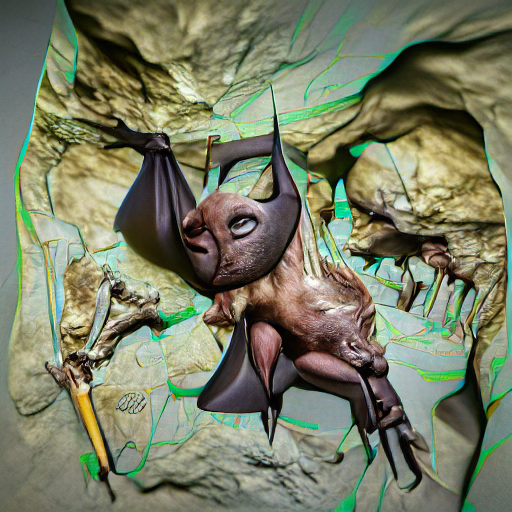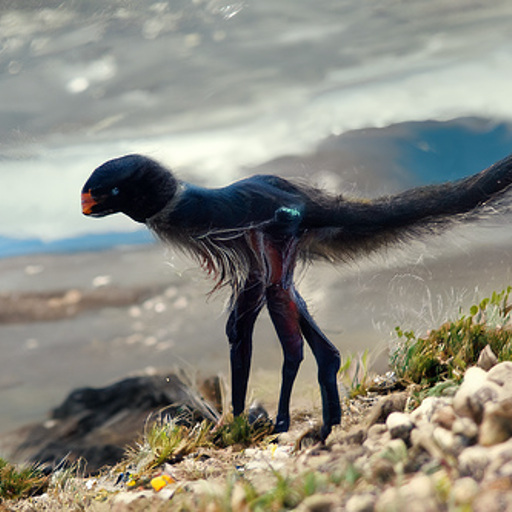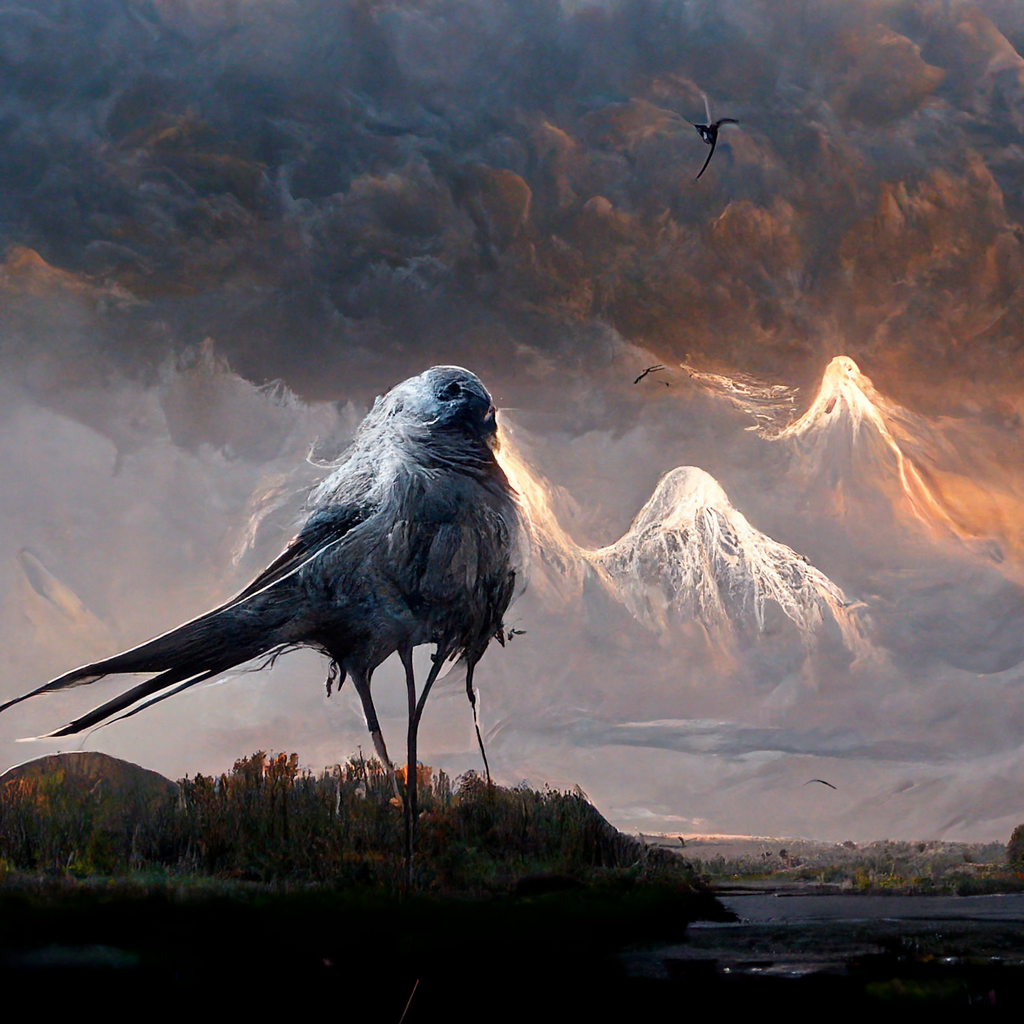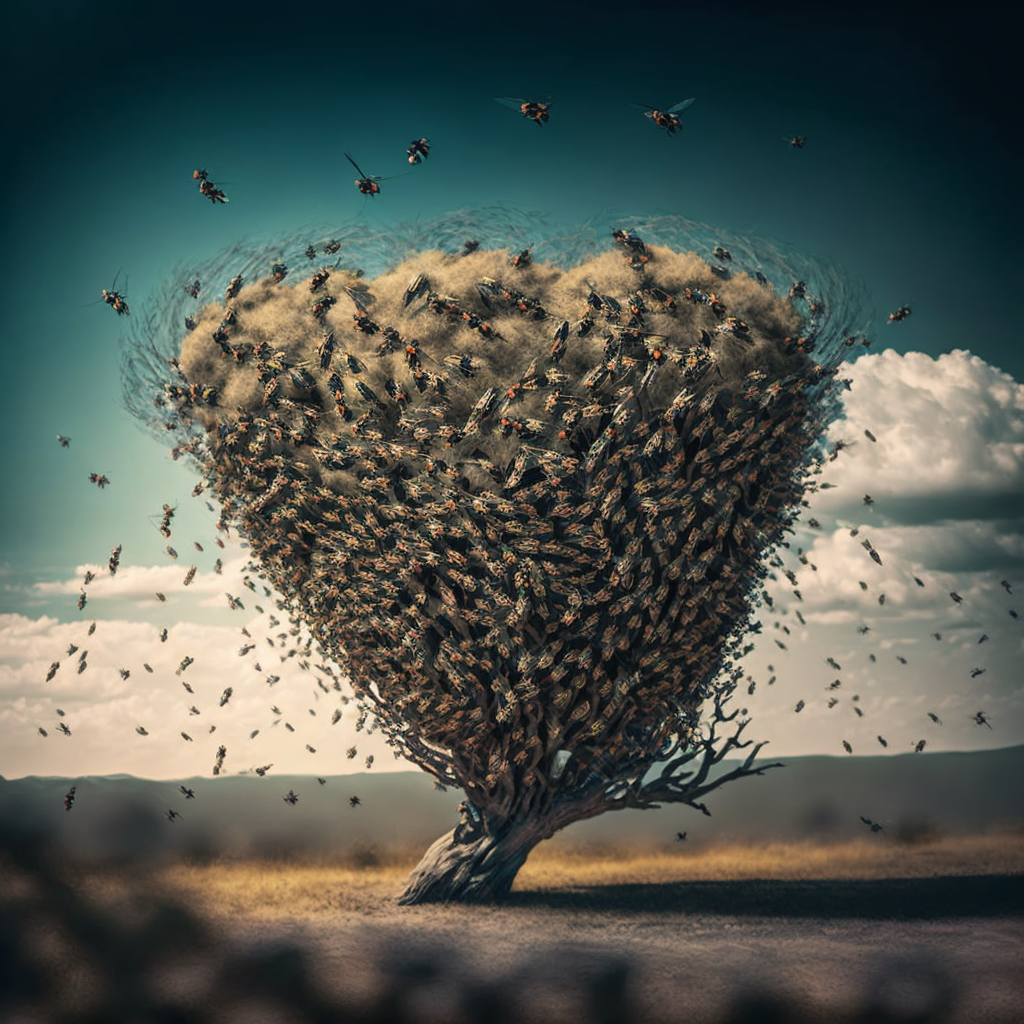

The flayansk originates in the far north, in the freezing highlands of Cotsk. Flayansk vary wildly in size throughout their life, growing quickly from the size of rodents to the size of large boulders, then eventually shrinking back to microscopic levels as they reach old age. No matter their size, however, flayansk struggle with their weight: since they weigh less than air, these creatures will hold themselves close to the ground with their massive claws so they don't float away into the atmosphere. Although flayansk can go for weeks (or, in some cases, months) without eating, starvation is still their leading cause of death due to being unable to get back down to the ground once they start floating away.
Explore an endless universe of ficticious life on NovelGens.





